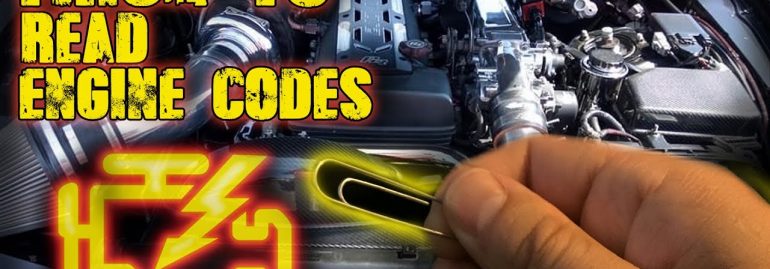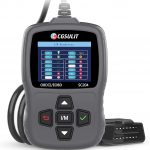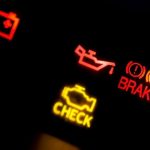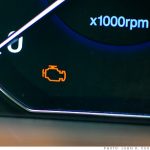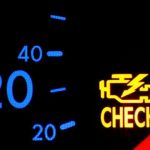Most vehicles come equipped with an OBD-II (or OBD-I) scanner to help the driver know what is wrong with their car before making any changes to the vehicle. There are basically three types of OBD-II scanners available: Type I: A basic handheld unit which informs you why the check engine light is on.
So, some individuals might name it a basic check engine light reader or OBD2 scanner. Type II: This is slightly more sophisticated than the basic handheld unit; however, it is still fairly easy to use and doesn’t require the use of an air hose.
The reason for this is because it is able to read a vehicle’s diagnostic codes. When the scanner senses a problem, it emits an audible beep. The check engine light goes on when the code is interpreted as a malfunction. Depending on the type of scanner you have, this could mean anything from a failed oxygen sensor to a problem with one of the vehicle’s fuel injectors.
In some cases, both the OBD reader and the scanner are the same thing. For example, a scanner that can read multiple types of codes, and then translates them into a map so that the driver knows exactly where the problem is. It will then allow you to view the map on your vehicle’s LCD screen.
If your vehicle requires OBD-I or OBD-II compatible scanning equipment, it will usually come with a scanner. However, if you have a vehicle which is not compatible with these systems, you will have to purchase an independent OBD-I or OBD-II compatible scanner.
Most vehicle scans will work with most cars, although there are always exceptions. There are many different kinds of scanners and the one which is right for you depends on what kind of problems your vehicle is experiencing. For example, there are handheld devices that can be used to scan your vehicle for problem areas, whereas others will scan the whole car.
Furthermore, each scanner will provide a different range of codes, so it is important to know what they are looking for before you start your scan.
When you are driving, you should be aware of any troubleshooting tips that are posted on the vehicle’s LCD screen. Before you take your car in for repairs, make sure you check the check engine light. If the light comes on, you should stop immediately and get the problem fixed. Do not attempt to fix it yourself unless you are confident of doing so. You could cause further damage to your vehicle by performing a self-repair, which may void its warranty.
If the check engine light remains on, or turns red, your vehicle has a more serious problem. It is advisable to take your car in to a specialized garage where an auto mechanic can look at it and try to diagnose the problem. In some cases, the problem can be as simple as a loose gas cap, but it may also be a sign of a more complex issue such as an alternator or carburetor burnout. A professional repair shop can determine what the problem is and repair it without any risk to your vehicle.


